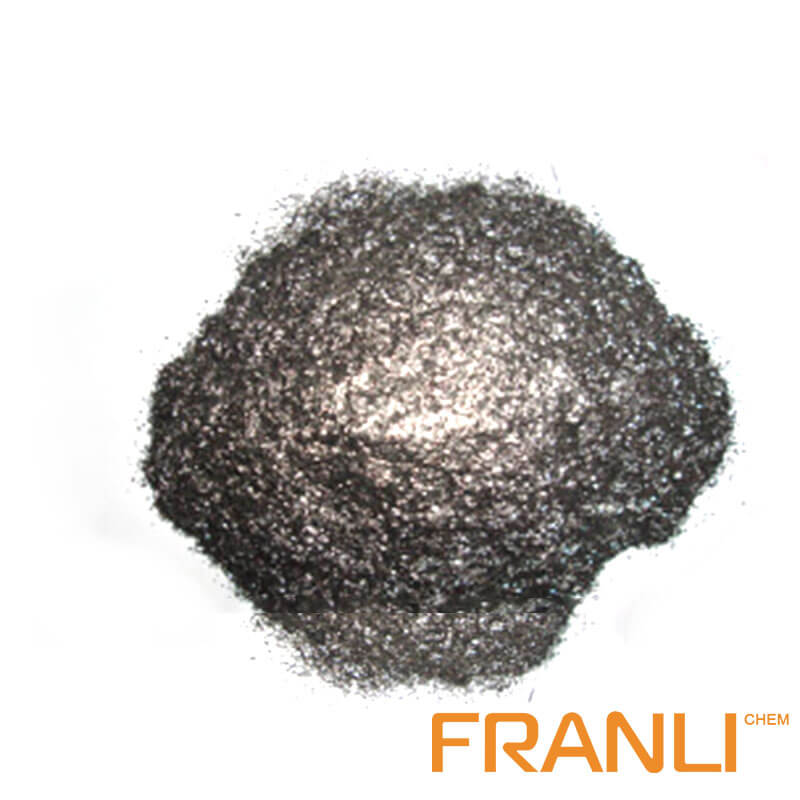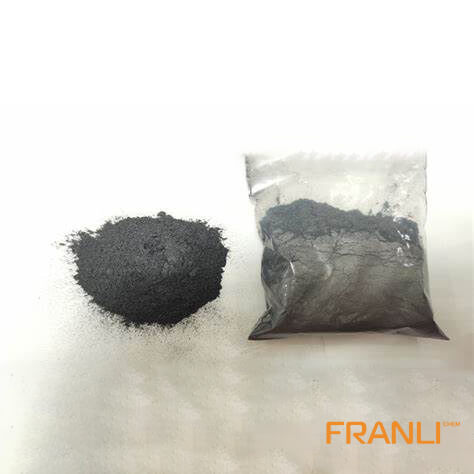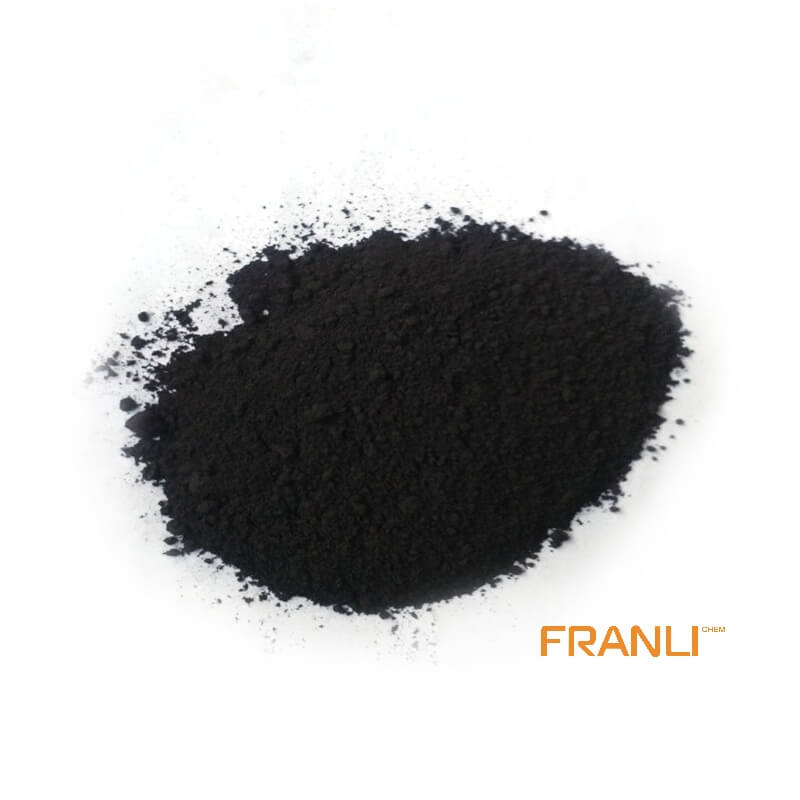


Flake Graphite
Size
0.01mm
Carbon Content
99%min
Package
25kg small bags into ton bags
Origin
China
Features
thermal shock resistance, lubricity, conductivity and plasticity…
Application
Lead battery plates positive and negative conductive agent, lithium batteries nickel hydrogen etc
Natural flake graphite has superior physical and chemical properties and is widely used in metallurgy, coatings and refractory industries. It is an important non-metallic raw material that is indispensable for today’s high-tech. Flake graphite is divided into large flake graphite and fine flake graphite according to the size of its scales. Usually, large flakes refer to +32 mesh, +50 mesh, +80 mesh, and +100 mesh flake graphite.
Request a quoteWhat is flake graphite?
Graphite, also known as black lead, is an allotrope of carbon (there are many other allotropes of carbon, such as diamond). As one of the softest minerals, graphite is opaque and greasy. Its color ranges from iron black to steel gray. It can be crystalline, flake, scaly, striped, layered, or scattered in metamorphic rocks (composed of coal, carbonaceous rocks, or carbonaceous sediments, formed by regional metamorphism or magmatic intrusion). It has inactive chemical properties and has good properties of high-temperature resistance, conductivity, heat conduction, lubrication, plasticity, and acid and alkali resistance. It is widely used in metallurgy, electronics, light industry, military industry, national defense, aerospace, and refractory industries. It is an essential non-metallic raw material in today’s high-tech field.

According to the different crystalline forms, natural graphite can be divided into block graphite, flake graphite, and aphanitic graphite (earthy graphite). Natural flake graphite is a product after deep processing such as ore mining, selection, drying, mesh separation, purification and crushing. The origin and characteristics of different types of graphite are shown in the table below.
According to the classification of carbon content, flake graphite can be divided into high-purity graphite, high-carbon graphite, medium carbon graphite, and low-carbon graphite. The carbon content and code of flake graphite are shown in Table 2. The quality of flake graphite depends on the carbon content. The natural flake graphite collected from natural mines often contains a lot of impurities, which requires a purification process to obtain flake graphite with higher carbon content. Generally speaking, the higher the carbon content of flake graphite, the better its high-temperature resistance and conductivity.
Graphite ore beneficiation process
General graphite ore contains graphite crystals with different forms, accompanied by silicate minerals such as mica or pyrite. Flake graphite has good floatability, so the flotation method is mostly used for separation. For graphite ore with a variety of gangues, the combined process of gravity separation and flotation can also be used. The process flow mainly includes four aspects: multi-stage grinding and multi-stage flotation process, gravity separation and flotation combined process, graphite beneficiation equipment, and flotation reagent selection.

To protect graphite flakes from damage, a multi-stage grinding process is often used in graphite ore dressing. After repeated regrinding and reconcentration, the concentrate quality is improved. For graphite ores with heavy minerals, the combined process of gravity separation and flotation can be used for separation, that is, the heavy minerals are separated by gravity separation, and then the gravity separation tailings (light minerals) are treated by flotation. Generally, jaw crushers are used for coarse crushing of crystalline and amorphous graphite ores, and cone crushers or hammer crushers are used for medium and fine graphite ores; Wet ball mill and lattice ball mill are adopted for grinding; Hydrocyclone or belt filter are commonly used for beneficiation and dehydration of graphite ore. In the multi-stage flotation process, the commonly used foaming agents are No. 2 oil, No. 4 oil, ether alcohol, butyl ether oil, etc; The collectors are kerosene, diesel, heavy oil, sulfonate, sulfate, phenols, carboxylic acids, etc.
China is the world’s largest producer of flake graphite, but its output has decreased. China is the world’s largest producer of flake graphite, with an output of 850000 tons in this year, a year-on-year decrease of 14.6%. Affected by the tightening of environmental protection inspectors, several mines that failed to meet environmental protection standards were shut down, and the production costs of enterprises in production increased, resulting in a decrease in the output of flake graphite in 2019.
In recent three years, China’s flake graphite consumption has shown an upward trend, with an average annual growth rate of 25%. By 2023, China’s flake graphite consumption will exceed 920000 tons. The consumption of flake graphite is positively correlated with the output of new energy vehicles. The rapid development of the new energy vehicle industry drives the growth of demand for lithium-ion batteries and upstream flake graphite. However, the subsidy declined.



